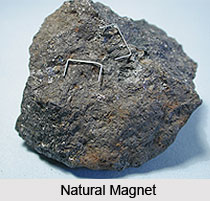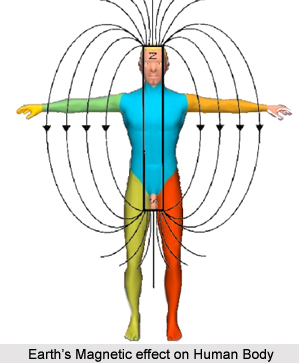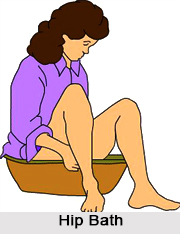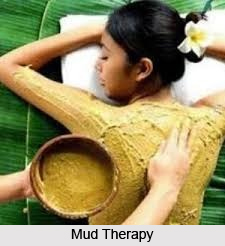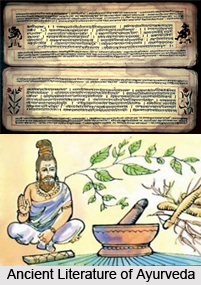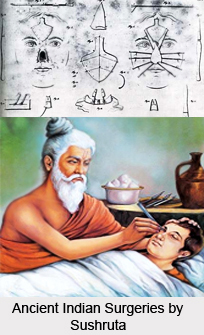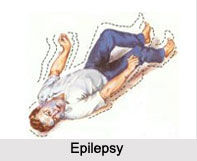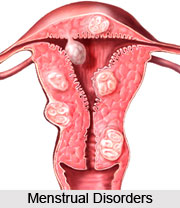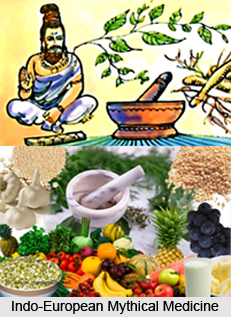 Indo-European medicine is a mythical, social and religious phenomenon. The Indo-European mythical medicine may be categorized as follows:
Indo-European medicine is a mythical, social and religious phenomenon. The Indo-European mythical medicine may be categorized as follows:
1. Aso Bhesaza: "Vedic rta", the property of Varuna. Varunaic prayer healing was indicated inflictions by the magical sovereign in reprisal for healers of cosmic and religious order.
2. Dato Bhesaza: "Vedic Dhaman", the law of Mitra-Varuna. Mitraic Aryamanic healing by the legalistic sovereign in establishments of rituals of cure.
3. Karto Bhesaza: "Vedic Shastra", connected with metal (surgery). Rudraic healing of violent afflictions like epidemics and warfare.
4. Urbaro Bhesaza: "Amrtat" (ambrosia) connected with plants and vegetations. Urbaro healing with herbs and vegetable liquids.
5. Mathro Bhesaza: Medical spells of magic character, i.e., psychological medicine. Mathro healing by way of psychotherapy and sugges¬tions.
Old Iranian Medical specialists are listed as the one who heals by "Aso Bhesaza", the one who heals by the law or "Dato Bhesaza", the one who heals with herbs "Urbaro Bhesaza" and the one who heals with spells "Mathro Bhesaza". There has been a very close parallelism in the methods of Greek medical practice similar to the above.
A Vedic comparison is added where Asvins are said to be the healers of the blind, the emaciated and the fractured. The list is taken to present the afflictions to which the spell, herb and surgical cures respectively apply.
Indian Influence on Foreign Mythical Medicine
The profound similarities between the physiological wind-doctrines of the early Ayurvedics like Sushruta, Charaka and Bhela and the Hippocratic Pneumatism of Periphuson, Perihiers nosou and Periphusics anthropou cannot be overlooked. In Pathology, the non-Hippocratic platonic views on the nosopoetic trinity pneuma (breath), phlegma (mucous) and khole (bile) are closely matched by the classical Ayurvedic teachings concerning the synonymous vata, slesman and pitta.
Plato"s theory on the nature of sight as based on an intra-ocular form of fire is paralleled by Sushruta. It is well known that Greek physicians were in attendance at the Achaemenian Courts. To name a few they were Damokedes, Apollonides of Kos and Ktesias of Knidos. The two latter used to live in Ionia, a Greek colony in West Asia Minor quite close to India. Therefore, it can be affirmed that Indian medical thoughts and practices must have been transmitted into ancient Greece through those physicians long before the Alexandrian invasion. All those physicians had access to information concerning India. It is not incon¬ceivable that some passages of Asklepios may reflect bor-rowings from Iranian or Indian healing arts.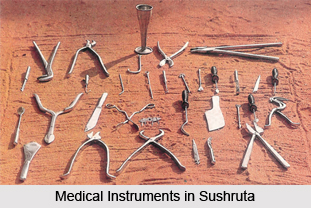
A Hippocratian aphorism states the same tri-functional cures of Ayurveda. Much later the spells, fire, herbs, knife and burning like fumigation and cauterization have been found out in Greek medical practice which are distinctly of Indian origin.
Mythical Medicine in Vedic Period
It is methodologi¬cally sound to postulate that early Indo-European medicine was likewise split up among the representatives of the social classes and that the priests, warriors and agriculturists had their specialities of verbal, surgical and pharmaceutical cures. Such was indeed in the case of Vedic India where the people aligned to the healing deities like Varuna, Rudra and Asvins.
Because the Greeks antedate the invasion of Alexander into India, the contacts must have been through Iranian. It is said in the Atharva Veda that Varuna is attributable to diseases like Udari or ascites. Rudra is purely epithetical who is said to be the archer who inflicts diseases. In later times of the Vedic period Rudra"s medicinal role was minimized. At many places Rudra is called a "Bhisak" or a physician. The Asvins were fully well versed in general practice, ophthalmology, in helping quick healings and setting of fractured bones. It is said that they could render vision to a blind man and make a lame man walk.
Related Articles
Primitive Medicinal Practices in India
Indian Naturopathy
Ancient History of India
Unani Medicine in India
Sushruta
Sushruta Samhita
Indian Medicinal Plants
Traditional Indian Medicines





